Why does the universe look this way? This is one of the open questions in astrophysics and physics in general. Over the course of its first billion years, the universe evolved from a disorderly soup of high-energy particles into a more organized collection of galaxies and stars, yet many of the details of this process still elude us.
In a recent study, an international team of researchers analyzed observations from the James Webb Space Telescope, focusing on dwarf galaxies from the early universe, and found that these galaxies emitted light at a much higher intensity than expected. This research represents a breakthrough in our understanding of the first sources of light in the universe.
Immediately after the Big Bang, the universe underwent rapid expansion, reaching extremely high temperatures and energy levels: the average temperature of particles in the universe was about 10^30 degrees Celsius.
At such tremendous heat, subatomic particles could not bind with each other and were therefore devoid of matter as we know it today. About one second later, the universe cooled to about a billion degrees, and subatomic particles — the building blocks of matter according to the Standard Model of particle physics — were created, bonded and formed protons and neutrons.
By the time the universe was about twenty minutes old, it had already cooled to temperatures of hundreds of thousands of degrees Celsius. Then the protons and neutrons began to bond with hydrogen, helium and lithium ions.
Because of the high temperature of the universe, the particles retained very high energy, so electrons were unable to bond with protons to form stable atoms. As a result, much of the universe existed in a plasma state, an environment of electrically charged particles orbiting each other. This plasma blocked electromagnetic radiation, preventing light from spreading freely throughout the universe.
Over the next 370,000 years, the universe continued to cool until its temperature reached about 4,000 degrees. At this point, the electrons were finally able to bind to the plasma, creating neutral atoms. Cosmic background radiation, which provides insight into the early universe, was released during this phase. This radiation was able to travel long distances to us because it was not hindered by the presence of plasma.
At this point, when the universe was about 400,000 years old, it consisted mostly of neutral hydrogen and helium atoms evenly spread throughout space. There were no stars, galaxies, or other complex celestial bodies familiar to us in today's night sky. In particular, there were no sources of light and the universe was covered in darkness.
It was not until about 20 million years later, as the universe continued to expand and cool dramatically, that the oldest sources of light in the universe were formed. Astrophysicists who study the history of the universe are still unsure about the nature and origin of these light sources, when they were created, and how.
The prevailing theories regarding the oldest sources of light in the universe suggest that they may be massive black holes, massive galaxies, or young stars. A comprehensive theory explaining the formation of stars and galaxies in the early universe has not yet been formulated, and physicists are still trying to understand when and how the first light sources appeared in the universe.
Using the James Webb Space Telescope, which was launched at the end of 2021, researchers set out to observe very distant galaxies. Since light travels at a finite speed, light from distant galaxies takes a long time to reach us. The researchers focused their observations on light emanating from galaxies approximately 13 billion years ago, which is now reaching the telescope, allowing them to glimpse processes that occurred in the early universe.
These distant galaxies appear to us as they were billions of years ago, when they were young galaxies emitting less light compared to other cosmic bodies. Hence, it is difficult to observe such distant galaxies using conventional methods.
To get around this, the researchers used a cutting-edge technique: based on Einstein's theory of general relativity, which proposed that heavy masses could warp space and bend the path of light passing near them.
The researchers focused on galaxies located behind the massive galaxy cluster Abell 2744, which, due to its large mass, acts as a gravitational lens, magnifying and focusing the light coming from behind it. This allowed the researchers to increase the amount of light reaching the telescope, facilitating more accurate observations.
The researchers analyzed the light coming from dwarf galaxies, which are galaxies that contain only about a billion stars. By comparison, the Milky Way galaxy we live in contains hundreds of billions of stars. The researchers carefully analyzed the observations and discovered that these dwarf galaxies emit radiation four times stronger than previously estimated.
Moreover, these dwarf galaxies were more common in the early universe than larger galaxies. As a result, researchers expect that the majority of the universe's early light sources were galaxies of this type.
This study is another example of the scientific achievement achieved with the help of the James Webb Space Telescope. While the results are noteworthy, the researchers stress the need for further studies, including observations of a broader sample of galaxies, to strengthen the validity of their conclusions.

“Extreme travel lover. Bacon fanatic. Troublemaker. Introvert. Passionate music fanatic.”





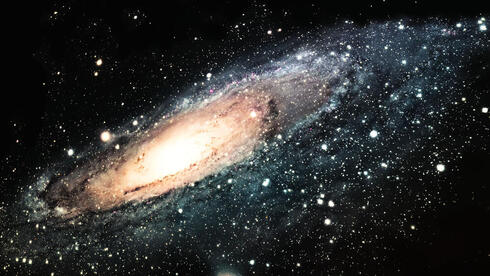
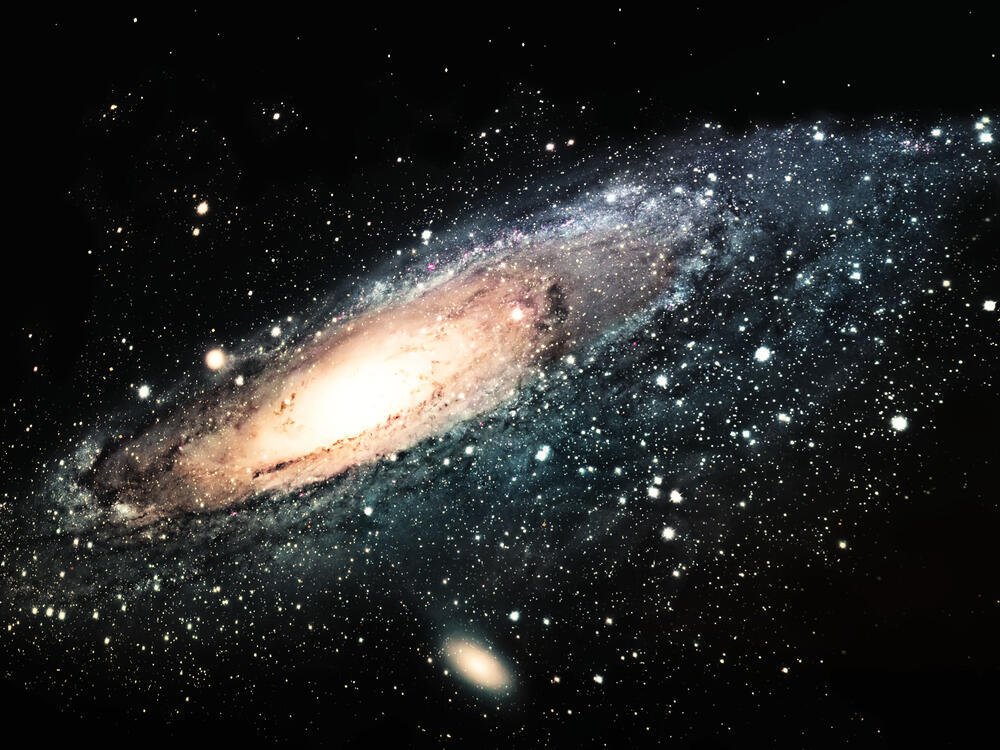
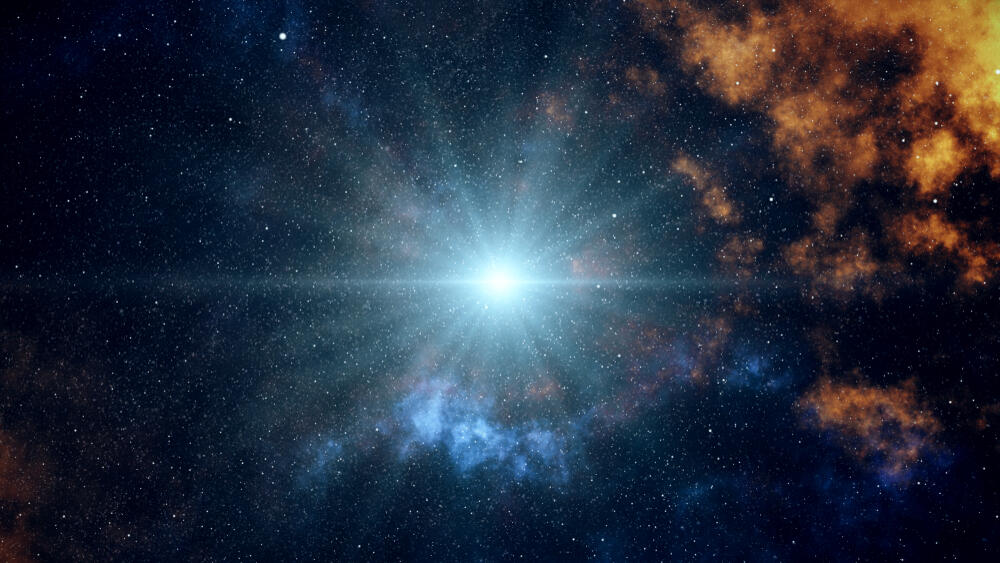
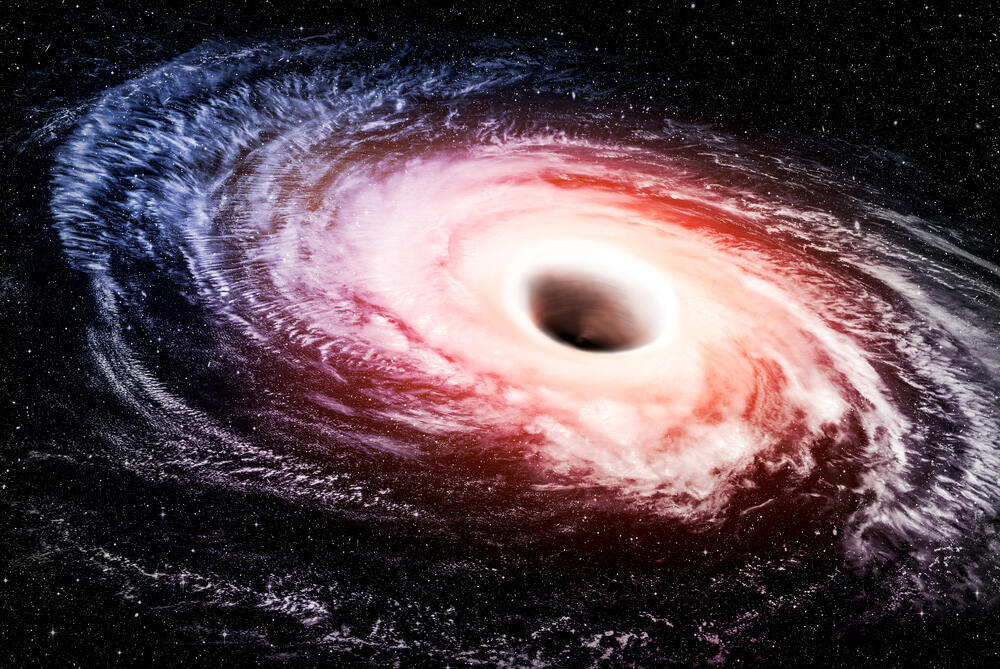
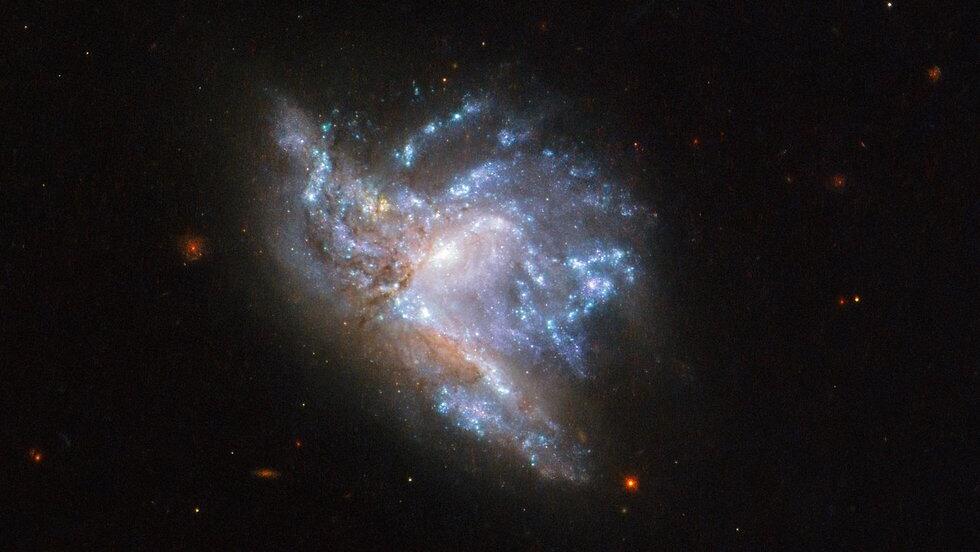
More Stories
Who is the band Gojira that will perform at the Olympics opening ceremony?
SpaceX Moves Crew Dragon Spacecraft to West Coast After Multiple Space Debris Incidents
Stathis Karapanos – Hindemith Review: Complete Works for Flute